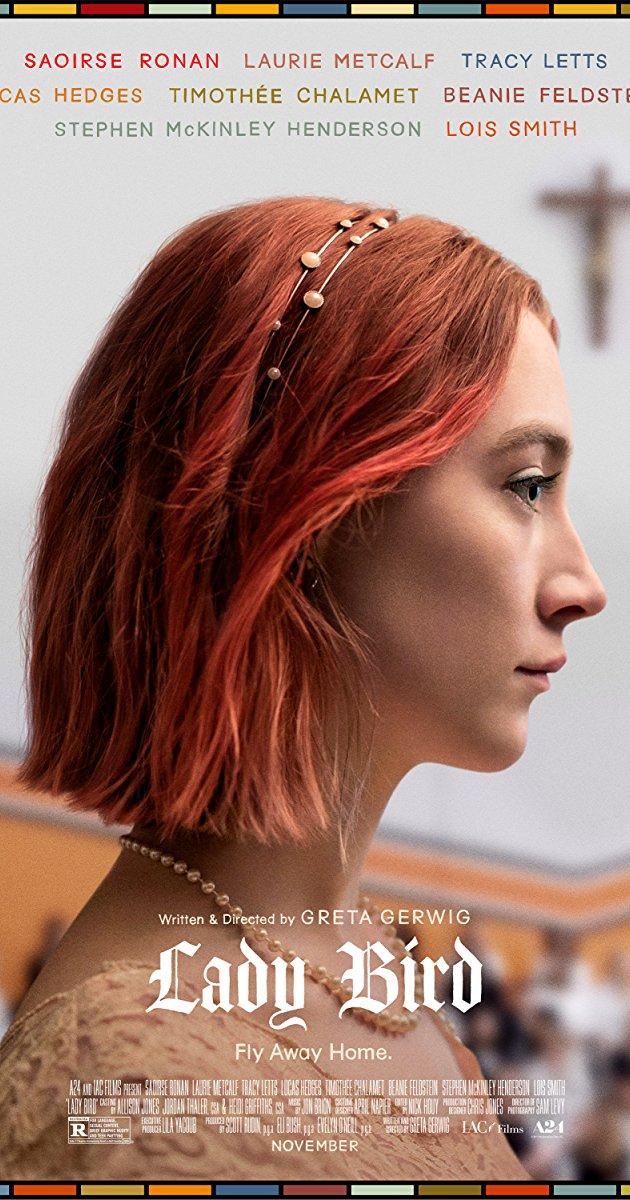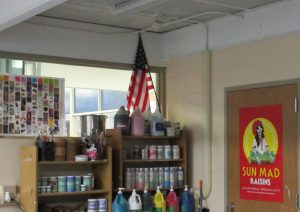“Lady Bird,” an Example of an Overused Archetype
February 5, 2018

When I first entered the theater to watch the movie “Lady Bird,” I was super excited. It was a movie written and directed by a woman with great reviews, why wouldn’t I be? Yet part way through the movie, I found myself becoming vaguely disappointed.
In modern media there is a trend of highlighting the quirky, manic, white girl. This archetype is both annoying and disconcerting as it negates the real experience of the modern teenager. The most recent example of this in mainstream media is the critically acclaimed movie “Lady Bird.” A movie that is overall well written and beautifully composed, yet it has one most obvious fault: its use of the aforementioned archetype, the quirky, manic, pixie white girl.
“Lady Bird” is the story of a free-spirited girl, named Christine McPherson, in her senior year at a Catholic high school, and her attempts to defy expectation. The main character, who calls herself “Lady Bird,” is the kind of person who finds herself on the edge of society. She makes reckless decisions regardless of how they will affect anyone else just for the sake of being interesting, such as abandoning her friends in favor of people she thinks are “cooler.” Lady Bird strives to be different from what she sees as the conservative oppression of her hometown of Sacramento. In other words, she appears the exact picture of her archetype.
This archetype is quite present in both the film and novel format, especially within genres geared toward the teenage population. Some titles that come to mind being “Diary of a Teenage Girl,” “Edge of Seventeen” and “Paper Towns,” just to name a few. These movies all feature girls who hate the mainstream and strive to be the opposite of what they deem to be the typical member of society. They live what appears to be a carefree existence free from the constructs of society. They strive to be the definition of adjectives such as quirky, weird, interesting and manic, yet they turn out to be poser individuals who make decisions that hurt those around them.
It’s not hard to see why this archetype is so prevalent in teenage media. This character seems to be the ultimate adult ideal of the teenage state of being, how adults choose to view this time in our lives, and how they expect us to experience it. What once might have been a caricature of the teen experience has somewhat taken over as our society’s view of the quintessential teenage girl. Modern media frequently depicts its white, female teenage characters as either someone who fits into this archetype or is desperately trying to fit into this stereotype.
I can see why this type of character is so appealing from a writing perspective. These characters can be used as a way to show a girl defying the odds and being her own person. They can even be used just to make a work seem more interesting as a whole. Yet this character is an unfair depiction of modern teenagers. Instead of showing girls who are working hard and being practical in order to defy the status quo and make something of themselves, the media frequently shows girls who are flighty and insubstantial, who are often unambitious and unwilling to promote actual positive change.
While the movie “Lady Bird” doesn’t exactly fit this last description, it still feels somewhat reminiscent of it. Lady Bird doesn’t exactly work to change her situation, but kind of expects it to just happen. She expects things like getting into college, getting a lead in the musical and becoming ‘cooler’ to drop in her lap. Lady Bird is an over-exaggerated representation of a modern teenager’s wants and ambitions.
The writer and director of this movie, Greta Gerwig, intended to fill a hole in modern media with this movie, a female-centered coming of age story. While the movie does in many ways achieve this aim, in other aspects it falls short.
The movie lacks the representation that it seems our modern society truly needs: girls who work hard to defy society who are practical, calculating, working for the future and not letting anything stand in their way.
While to some that may not seem like a truthful representation of the youthful, carefree teenage state, it would be prudent to ask those same people exactly how much of that carefree state of being exists in modern teenagers. Modern media needs to give us stories that represent our truth more than what we wish our truth would be.










